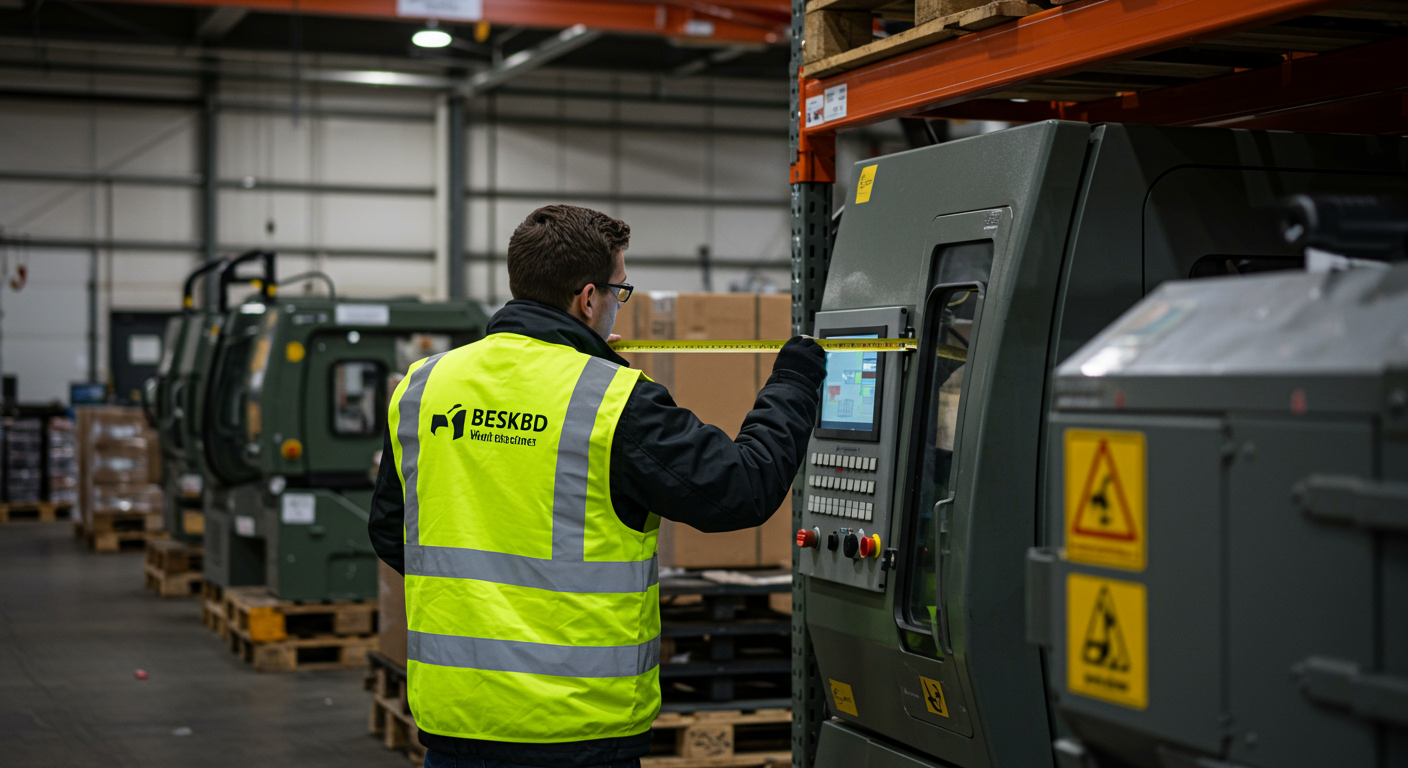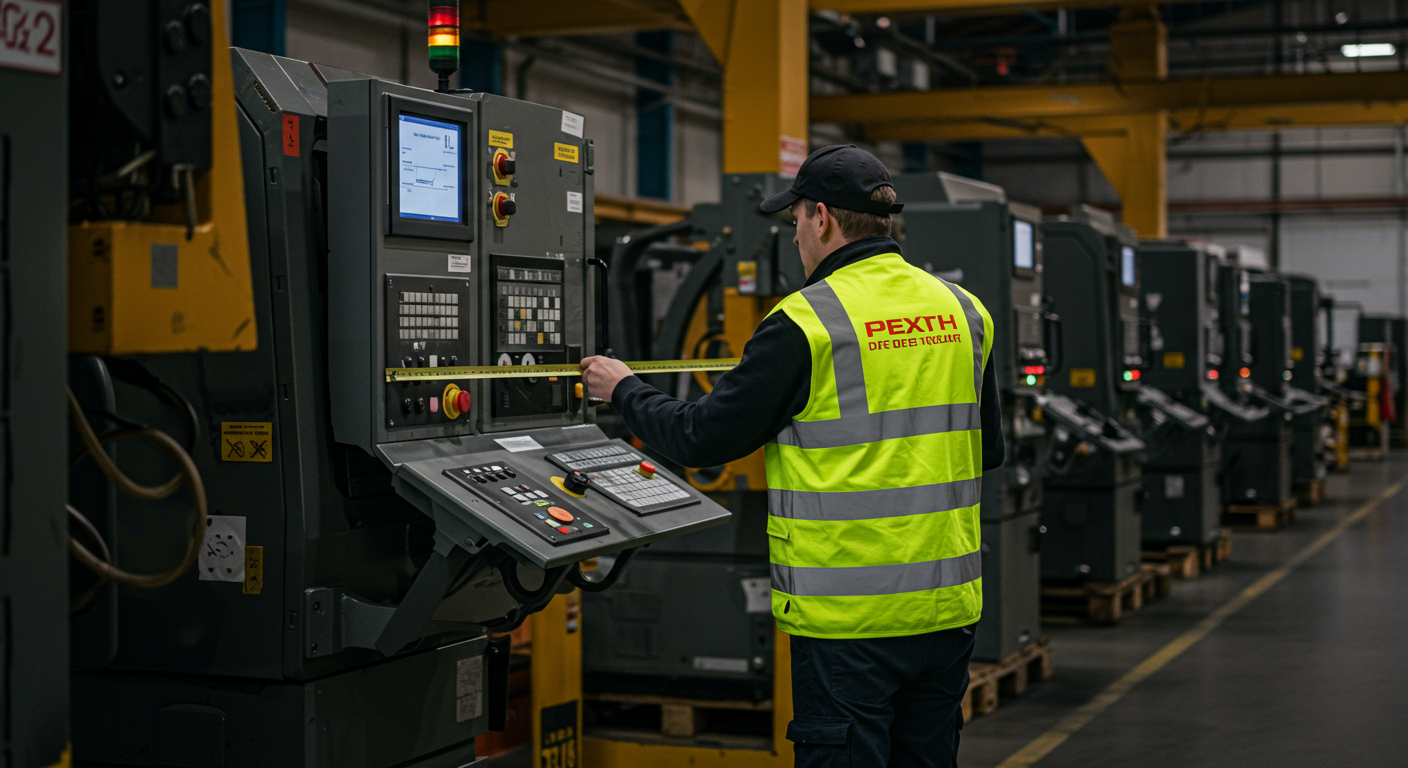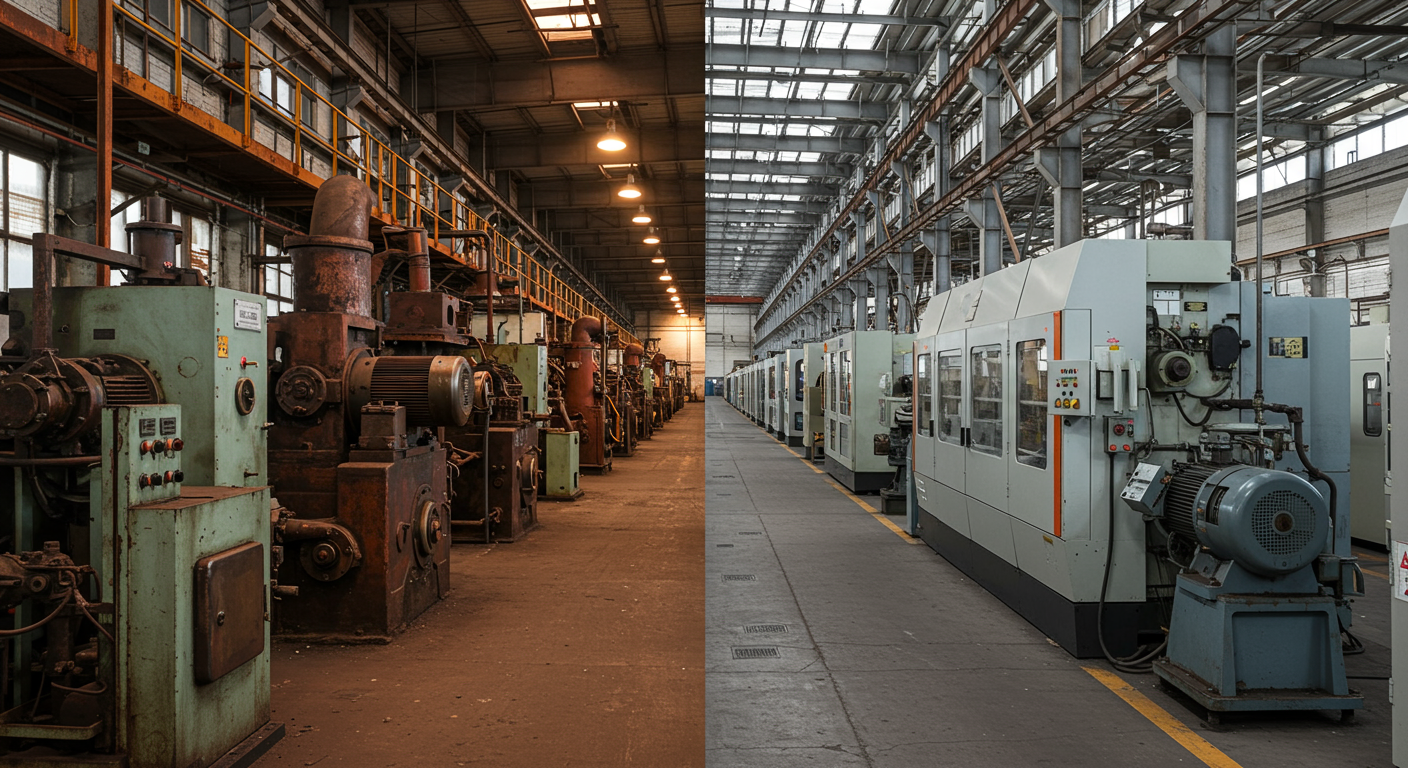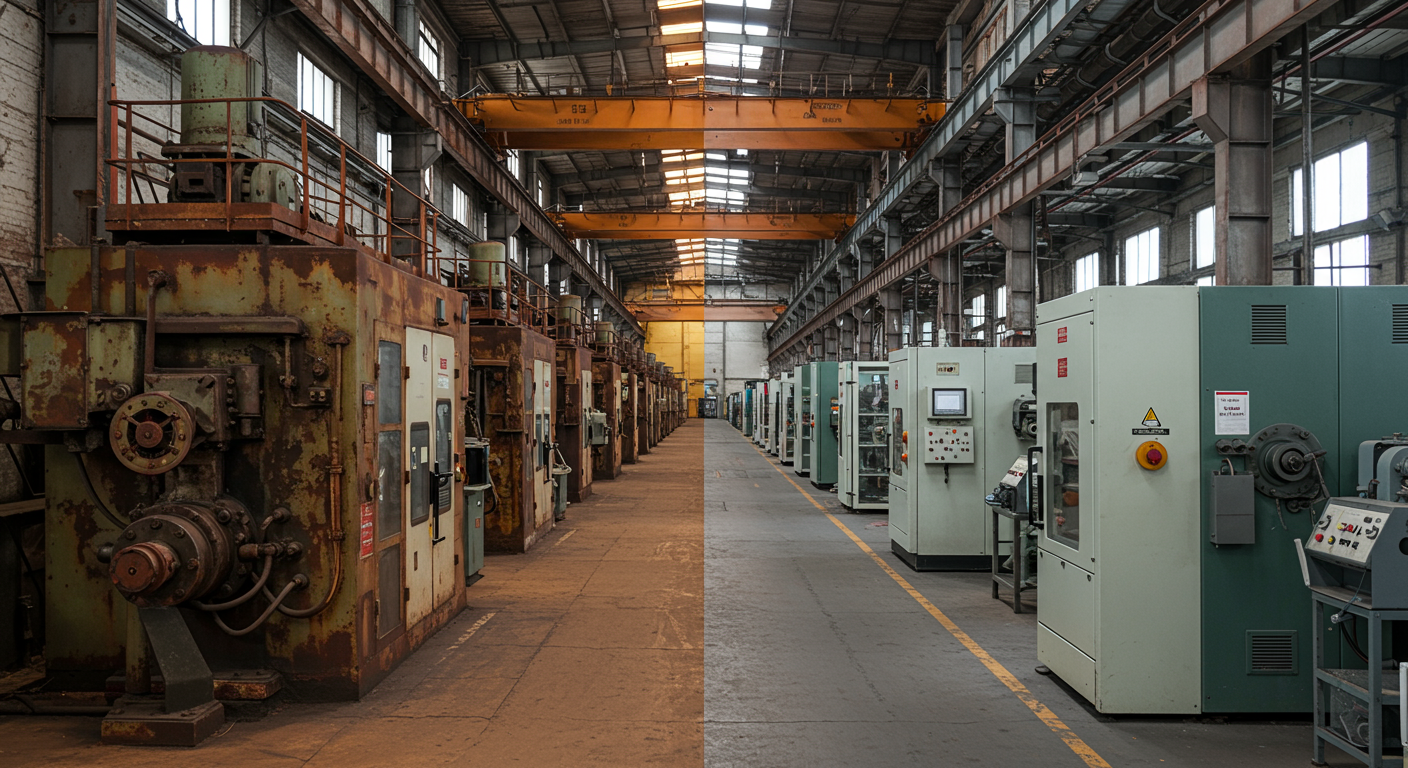- Introduction
- Understanding Property Insurance Fundamentals
- Identifying Your Factory’s Unique Risk Exposures
- Assessing Replacement Cost vs. Actual Cash Value
- Evaluating Coverage Options and Endorsements
- Determining Adequate Coverage Limits
- Comparing Insurance Providers and Quotes
- Analyzing Policy Exclusions and Limitations
- Factoring in Business Interruption and Extra Expense
- Implementing Risk Management to Lower Premiums
- Reviewing and Updating Your Policy Regularly
- Conclusion
1. Introduction
Manufacturing operations face unique challenges that can interrupt production, damage assets, and threaten profitability.
Securing the right property insurance for your factory isn’t just a line item in your budget. It’s a critical safeguard that ensures your facility, equipment, and inventory remain protected against unforeseen perils.
This guide walks you through every step of selecting the best policy for your factory. You’ll learn fundamental concepts, how to evaluate risks, compare coverage options, and optimize limits to match your exposure.
By the end, you’ll feel confident negotiating with insurers and shaping a plan that aligns with your goals and budget.

2. Understanding Property Insurance Fundamentals
Property insurance for a factory covers physical assets against perils such as fire, theft, vandalism, and certain natural disasters.
Policies generally come in two flavors: named-peril and all-risk (or open-peril).
Named-peril policies cover only the hazards explicitly listed, while all-risk policies protect against any loss not expressly excluded.
Basic coverage sections include building structures, business personal property, and sometimes specialized equipment breakdown.
Additional sections can extend to outdoor signage, landscaping, or valuable papers.
Deductibles, sublimits, and coinsurance clauses shape the cost and the scope of your protection.
Familiarize yourself with these terms before you compare quotes.
3. Identifying Your Factory’s Unique Risk Exposures
Every manufacturing facility faces a distinct set of threats based on location, operations, and supply chain dependencies.
Begin by conducting a thorough risk assessment.
Map out critical equipment, raw materials, finished goods inventory, and any hazardous processes.
Consider environmental exposures like flooding, earthquakes, or hurricane risk in your region. Factor in proximity to rail lines, chemical plants, or high-crime areas.
Don’t overlook internal vulnerabilities: poor maintenance practices, outdated wiring, or inadequate security can exacerbate loss scenarios. This deep dive informs not only coverage limits but also risk management strategies.
4. Assessing Replacement Cost vs. Actual Cash Value
Replacement cost valuation reimburses the full cost to repair or replace damaged property with materials of like kind and quality.
Actual cash value valuation pays the replacement cost minus depreciation for age and wear.
The initial premium for ACV is usually lower, but you may face significant out-of-pocket expenses after a claim.
Replacement cost policies require more precise building and equipment valuations at inception. You’ll need appraisal data or contractor estimates to justify higher limits.
Weigh your budget against the potential cost of depreciation. If your machinery ages rapidly or you rely on cutting-edge technology, replacement cost coverage often proves worth the extra premium.
5. Evaluating Coverage Options and Endorsements
Beyond basic peril coverage, endorsements let you tailor your policy to fill gaps.
- Essential add-ons for factories include:
- Ordinance or law coverage, for compliance costs when rebuilding to new codes
- Equipment breakdown, covering sudden mechanical or electrical failure
- Flood and earthquake, if these perils are excluded by your standard form
- Spoilage, for temperature-controlled processes or perishable goods
- Cyber, to protect against hacking in automated or networked production lines
Study each endorsement’s trigger, limit, and sublimit. Some may carry their own deductibles or waiting periods.
Speak with your broker to clarify which options address your identified risk exposures most cost-effectively.

6. Determining Adequate Coverage Limits
Accurately estimating the total insurable value (TIV) of your factory is crucial. Underinsuring invites coinsurance penalties, while overinsuring inflates your premium.
Break down TIV into building value, business personal property, and equipment. Obtain professional appraisals or use industry cost guides to assign realistic replacement costs.
Factor in future growth plans: new construction, expanded production lines, or increased inventory. Leave room for inflation and rising construction costs.
Review your policy’s coinsurance clause. If you insure at less than the required percentage—often 80% or 90% of value—you’ll share any loss proportionately. Meeting or exceeding the coinsurance threshold avoids surprises at claim time.
7. Comparing Insurance Providers and Quotes
Not all insurers underwrite factory property insurance the same way. Start with companies that specialize in manufacturing risks or have strong financial ratings from agencies like A.M. Best or Standard & Poor’s.
Request detailed quotes that break down premium by coverage section, deductible, and endorsement. Pay attention to rate differentials for named-peril versus all-risk forms.
Evaluate each carrier’s claims handling record. Look for metrics on claim turnaround time, dispute ratios, and customer satisfaction. Your broker or industry peers can provide insights into insurer responsiveness during a crisis.
Compare the total cost of risk, not just the upfront premium. Factor in deductibles, self-insured retentions, and any loss history impact or retrospective billing arrangements.

8. Analyzing Policy Exclusions and Limitations
Every policy excludes certain perils or loss types. Common factory exclusions include gradual wear and tear, pollution or contamination events, and mechanical breakdown on standard forms without endorsement.
Study the exclusion wording carefully. Exclusions may contain carve-backs or limited coverage. For example, some policies exclude flooding but allow coverage for water damage from a burst pipe.
Identify any blanket exclusions that could undermine critical operations, such as terrorism, civil authority shutdowns, or utility service interruptions.
If you see a gap, consider endorsements or stand-alone policies. Customization is often more cost-effective than paying for a catch-all policy that you’ll never need.
9. Factoring in Business Interruption and Extra Expense
Property damage is only part of the equation. Business interruption (BI) coverage reimburses net profit lost during a shutdown. Extra expense coverage pays to keep your factory running at a temporary facility or under alternate processes.
Start by calculating your factory’s gross earnings, fixed expenses, and variable expenses. Project potential losses for interruption scenarios like fire, equipment failure, or supply chain disruption.
Evaluate waiting periods and maximum indemnity periods. A shorter waiting period means quicker cash flow but higher premium. A longer indemnity period offers more protection if rebuilding or procurement takes months.
Make sure BI limits align with your worst-case downtime projections. Include contingent BI for losses at key suppliers, customers, or utilities.

10. Implementing Risk Management to Lower Premiums
Insurers reward proactive loss control. Installing automatic sprinkler systems, fire alarms, and security cameras can secure premium credits.
Formalize maintenance schedules for critical equipment and electrical systems. Document inspection routines and staff training programs.
Develop an emergency response plan that covers evacuation, shutdown procedures, and disaster recovery. Hold regular drills.
Share your risk management achievements with underwriters. A strong safety record, backed by inspection reports and certifications, signals lower expected losses and can substantially reduce your insurance cost of risk.
11. Reviewing and Updating Your Policy Regularly
Your factory’s risk profile evolves over time. New machinery, product lines, or facility expansions change your insurable values.
Set an annual or semi-annual review cycle with your broker or risk manager. Update valuations, coverage limits, and endorsements to reflect current operations.
Immediately notify your insurer of major changes: additions exceeding a certain value, facility relocations, or significant shifts in inventory mix.
Staying on top of policy revisions prevents gaps in coverage, ensures compliance with coinsurance requirements, and locks in rate adjustments before renewal deadlines arrive.
12. Conclusion
Choosing the right property insurance for your factory demands a methodical approach. You must grasp foundational policy structures, pinpoint your specific risk exposures, and navigate valuation options that balance premium with protection.
By evaluating endorsements, limits, and exclusions, you can tailor a comprehensive package that addresses property damage, equipment breakdown, and business interruption exposures.
Support this framework with robust risk management measures to demonstrate your commitment to loss prevention and secure competitive premiums.
Regular policy reviews and ongoing dialogue with insurers keep coverage aligned with your evolving operations. Armed with these insights, you can confidently negotiate terms that safeguard your factory’s assets and maintain business continuity in the face of uncertainty.
